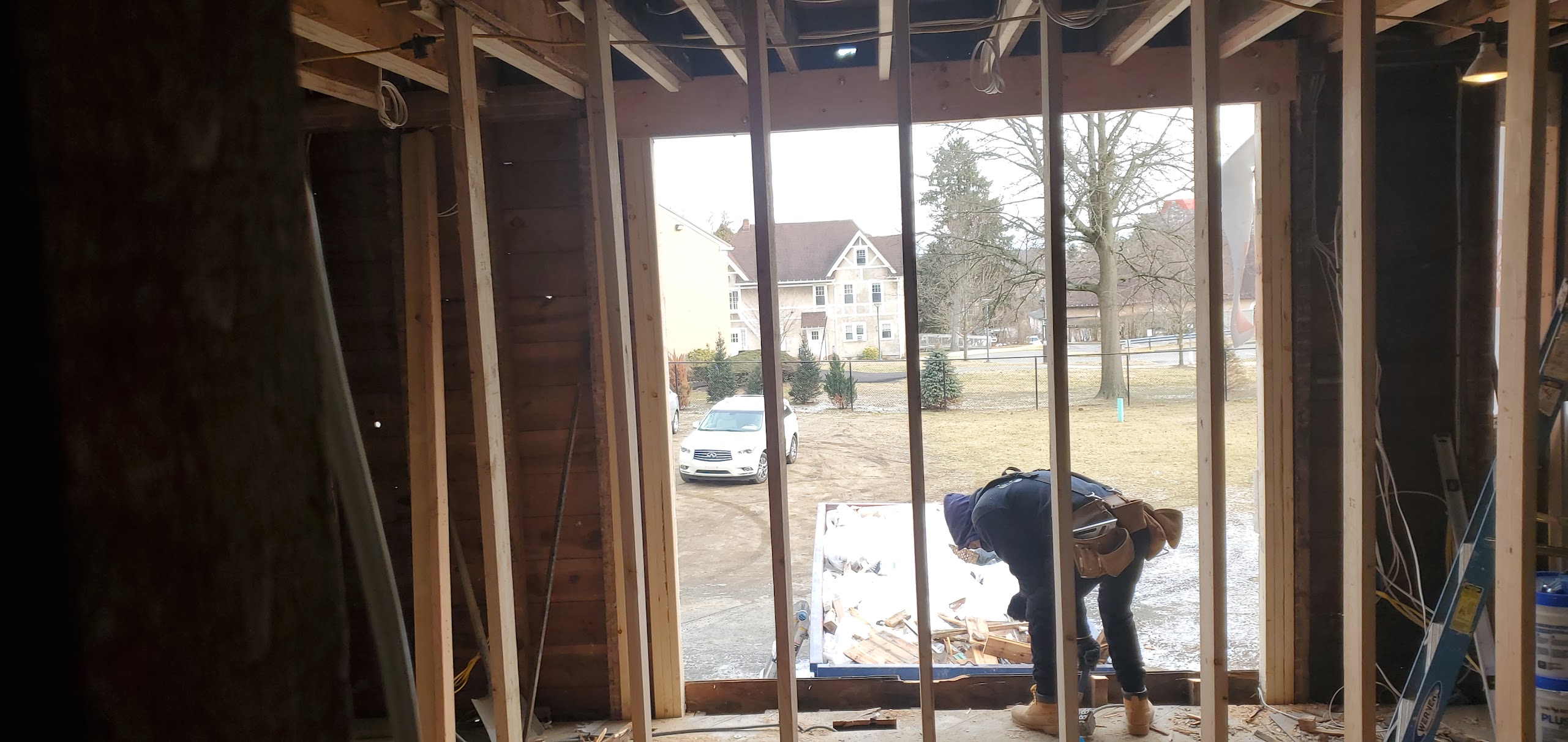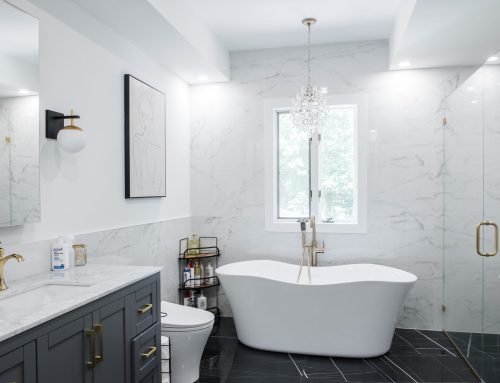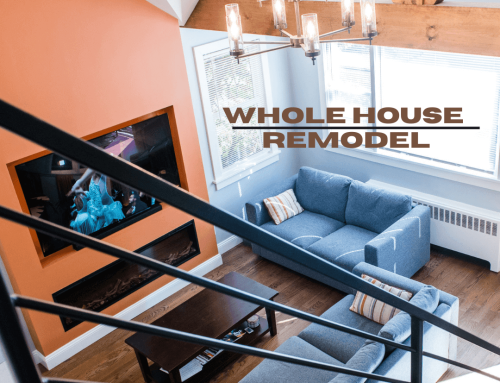CHALLANGES OF HOME ADDITIONS
While home additions can be a great solution, they come with complexities that should be considered before making a decision. Understanding these challenges early on can help ensure a smoother process and a positive relationship with your contractor. Here are some key factors to be aware of:
1. Budgeting and Costs
Home additions can be expensive, with costs escalating due to unforeseen issues such as structural modifications, material price increases, or labor shortages. Naturally, the larger the addition, the higher the cost. However, interior reconfigurations can sometimes be just as expensive—it all depends on the specific project. If you refer to our previous article, you’ll see that cost isn’t always the primary concern; sometimes, making the necessary changes is essential to achieving your desired outcome.
2. Zoning and Permits
Local zoning laws and building codes may restrict what you can build and where. Obtaining the necessary permits can be a complex and time-consuming process. While some projects may require only a single professional, others might necessitate additional specialists, such as engineers. Many municipalities also require an updated property survey if the existing one is over five years old. Additional costs include permit fees, filing fees, and printing costs.
Beyond zoning, homeowners in certain areas must also navigate approvals from an Architectural Review Board (ARB). If you live in a gated community, additional layers of approval may be required. We aim to provide you with as much information as possible upfront so that when we meet, you already have a basic understanding of these challenges. Rest assured, we handle all of these processes for our clients.
3. Disruption to Daily Life
Construction is inherently noisy, messy, and disruptive. Depending on the project’s scope, you may need to temporarily relocate or adjust your daily routines. The challenge is particularly significant when the addition affects both the existing structure and the new build.
Relocating can be costly, and returning home requires careful planning. Some clients initially enjoy the change as if it were a vacation, but after a month or two, they often grow anxious to return. Having a plan in place helps manage expectations and minimize stress.
4. Matching the Existing Design
Integrating a new addition with your home’s existing architecture and style can be challenging. A poorly designed addition may look out of place and impact both aesthetics and resale value. Material availability plays a role—sometimes, an entire exterior repaint is required to achieve a cohesive look. Other times, we skillfully blend new materials with the existing structure to ensure a seamless transition. Regardless of the approach, our goal is always to create an intentional, well-integrated design.
5. Finding the Right Contractor
Selecting a reliable and experienced contractor is crucial to a successful project. Poor workmanship and project delays can lead to frustration and additional expenses. We openly acknowledge that we are not the right fit for every job. For example, we do not manufacture steel structures, and we generally do not work on historical restorations. In such cases, we refer clients to our trusted partners in the industry. Finding the right contractor can make or break your project, so it’s important to choose wisely to avoid unnecessary problems and delays.
Additions vs. Reconfiguration
While additions can be the best solution in some cases, they are not always necessary. In many instances, a strategic interior reconfiguration can provide just as much value. Repurposing rooms, utilizing underutilized spaces, and eliminating wasted areas can often meet homeowners’ needs without expanding the structure.
We frequently guide clients through this process—sometimes, after reviewing a wish list, we find that a thoughtful redesign can achieve the same goals without requiring an addition. Working with a professional can provide fresh insights and help maximize your home’s potential.






